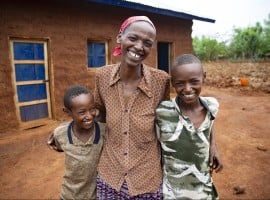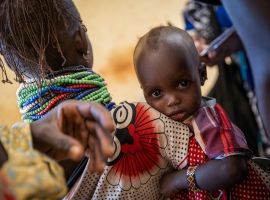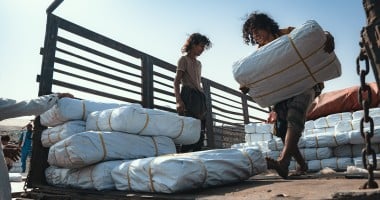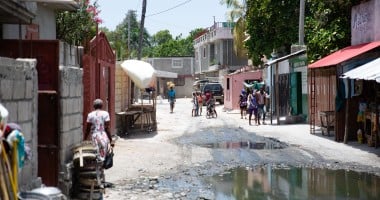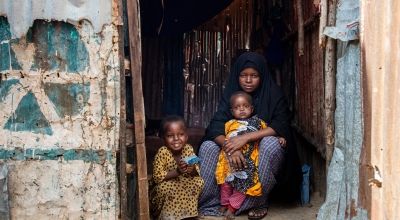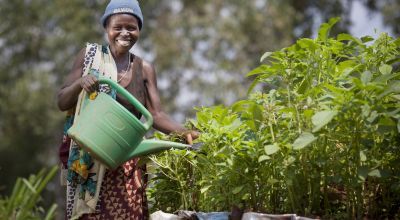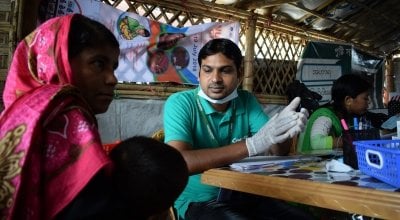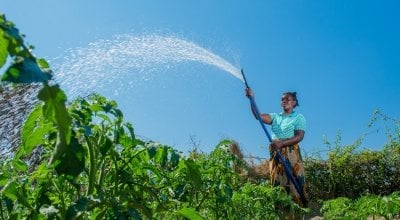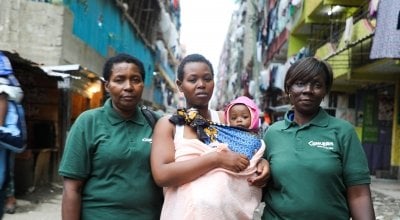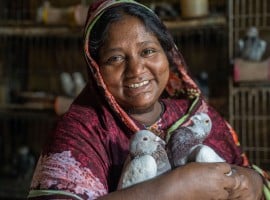
Read our 2024 annual report

Knowledge Hub
Why are we in Haiti? Haiti is currently in the middle of an ever-intensifying humanitarian crisis that includes political instability, widespread violence, displacement, natural disasters, and extreme hunger. As the situation continues to deteriorate, half of the country’s population requires humanitarian assistance.
1 in 2 Haitians require humanitarian assistance in 2025
The ongoing crisis in Haiti has had several headline moments over the last six years: the resignation of the prime minister in 2024, attacks by armed groups on strategic institutions (including airports, prisons, and hospitals), and recent escalations of violence across the country — including attacks on towns far from the capital city of Port-au-Prince.
However, there is much more at stake beyond the headlines. A weakened infrastructure and political instability have left many hospitals and clinics out of service, while diseases like cholera spread at a rapid rate and hunger levels reach new heights. The burden of this crisis — and those that came before it — is being felt by Haiti’s most vulnerable citizens. 6 million Haitians, roughly half of the country’s population, will require humanitarian assistance in 2025 according to the UN.
Despite these ongoing challenges, Concern Haiti has adapted its work and approaches to provide a lifeline of support when it’s most needed.
Latest achievements
Manje Pi Byen
Concern’s ongoing Manje Pi Byen (“To Eat Better”) project in Haiti was able to bridge urgent needs with long-term resilience-building last year, reaching nearly 55,000 people with emergency food assistence, protection, and WASH services.
Partnerships
Protection
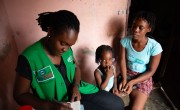
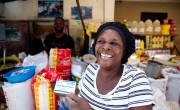

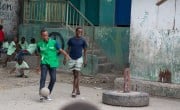

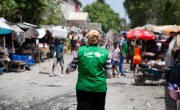
What we do in Haiti
Our response in Haiti has adapted over the years, but our focus remains on improving living standards, economic status and social inclusion for the island nation's most vulnerable communities.
Latest from Haiti
Organisations who fund us
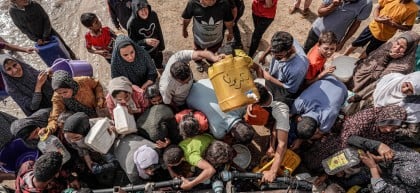
Other ways to help
Corporate support
Is your company interested in working together for a common cause?
Fundraise for Concern
From mountain trekking to marathon running, cake sales to table quizzes, there are lots of ways you can support our work.
Buy a gift
With an extensive range of alternative gifts, we have something to suit everybody.
Leave a gift in your will
Leave the world a better place with a life-changing legacy.
Volunteer with Concern
The lots of ways to get involved with our work as a volunteer
School fundraising
Without the generous support from schools, we wouldn't be able to do the work that we do.
